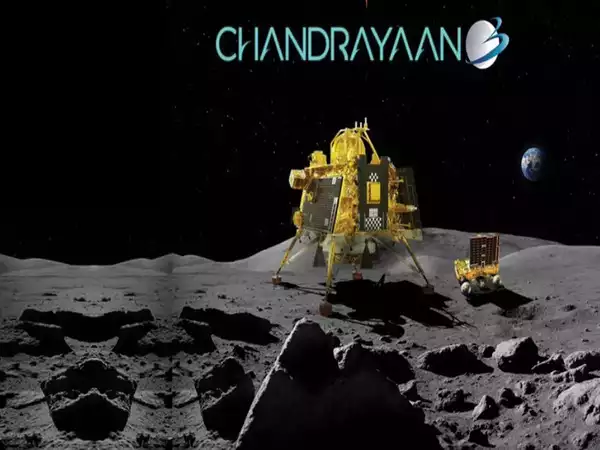India’s space exploration journey continues to captivate the world as the Indian Space Research Organisation (ISRO) gears up for its next lunar mission, Chandrayaan-3. This blog post delves into the details of Chandrayaan-3, its objectives, significance, the intricate process of its execution, and the impact it could have on India’s space ambitions.
Chandrayaan-3: The Quest for Lunar Exploration
1. Mission Background
Chandrayaan-3 follows in the footsteps of its predecessors, Chandrayaan-1 and Chandrayaan-2. While Chandrayaan-1 orbited the Moon, and Chandrayaan-2 included an orbiter, lander (Vikram), and rover (Pragyan), Chandrayaan-3 has a more focused objective.
2. Mission Objectives
The primary objective of Chandrayaan-3 is to achieve a successful soft landing on the lunar surface, similar to the goal of Chandrayaan-2’s lander, Vikram. Chandrayaan-3 aims to demonstrate India’s technological capabilities for precise lunar landings.
3. The Lander and Rover
Chandrayaan-3’s lander and rover components are designed to work in synergy to achieve a controlled descent and soft landing on the Moon. Like Pragyan, the rover is expected to explore the lunar surface and conduct scientific experiments.
4. The Launch Vehicle
Chandrayaan-3 will likely utilize the Geosynchronous Satellite Launch Vehicle (GSLV Mk III), a trusted workhorse of ISRO, to carry its lander and rover components into space.
5. The Soft Landing Process
The process of achieving a soft landing on the Moon is highly complex and involves several critical stages:
- Launch and Trans-Lunar Injection: The GSLV Mk III launches Chandrayaan-3 into Earth’s orbit. Subsequently, a series of orbital manoeuvres guide the spacecraft toward the Moon.
- Lunar Orbit Insertion: Once in lunar orbit, Chandrayaan-3 adjusts its trajectory to match the Moon’s orbit, preparing for the descent.
- Powered Descent: During this phase, the lander performs a controlled burn to gradually decrease its velocity and altitude as it approaches the lunar surface.
- Terminal Descent: The lander utilizes sensors and thrusters for real-time adjustments, ensuring a gentle touchdown.
- Rover Deployment: Upon landing, the lander deploys the rover, allowing it to explore the Moon’s surface.
6. Scientific Endeavors
Like its predecessors, Chandrayaan-3 aims to contribute to lunar science. The rover could conduct experiments related to lunar geology, mineralogy, and environmental conditions.
7. Success of Chandrayaan-3
Finally, Chandrayaan-3 has landed on the Moon, and we look forward to the success stories celebrated all over the digital space.
Conclusion
Chandrayaan-3 represents another remarkable leap forward in India’s space exploration journey. As ISRO continues to refine its lunar landing capabilities, this mission could mark a significant milestone in demonstrating India’s expertise in precision lunar landings. With each assignment, India advances its technological prowess and contributes to humanity’s understanding of the Moon and the broader cosmos. Chandrayaan-3 is a testament to India’s unwavering commitment to exploring the unknown and pushing the boundaries of space science and technology.
